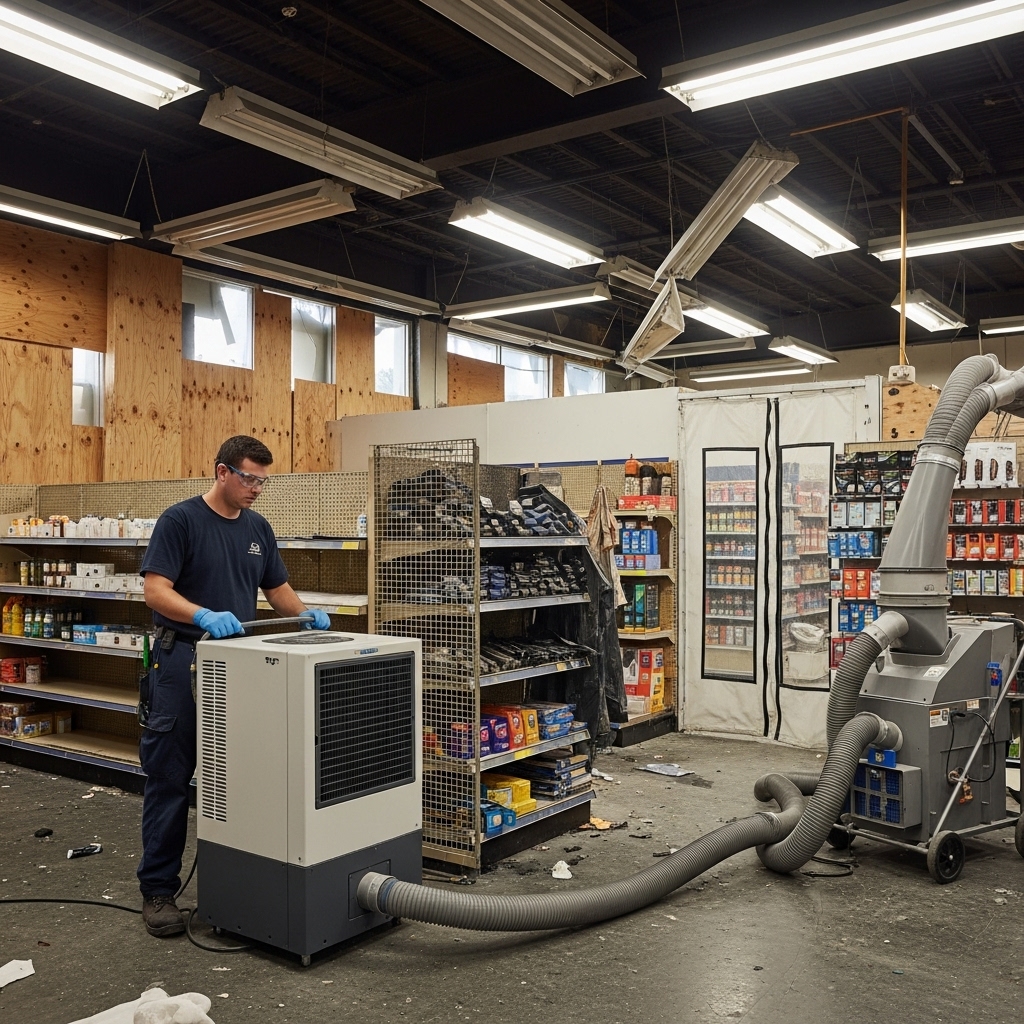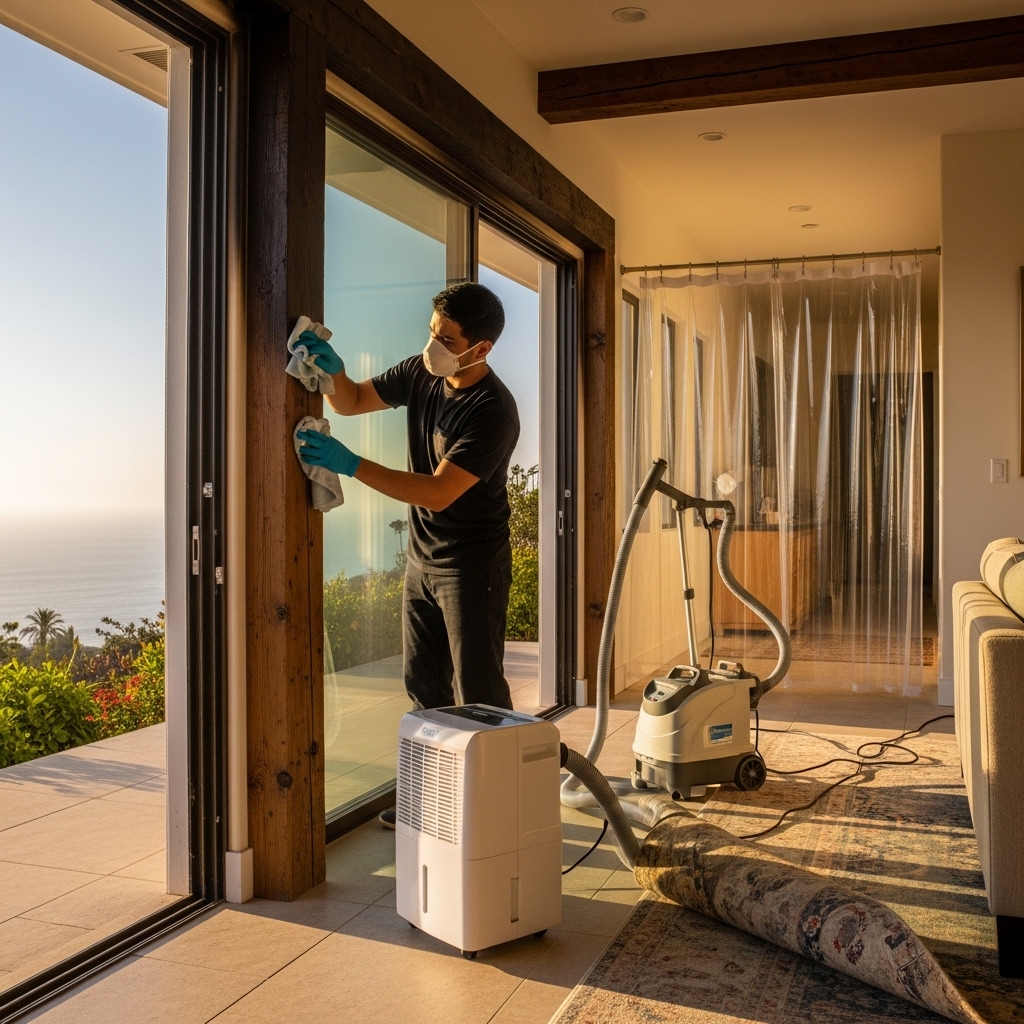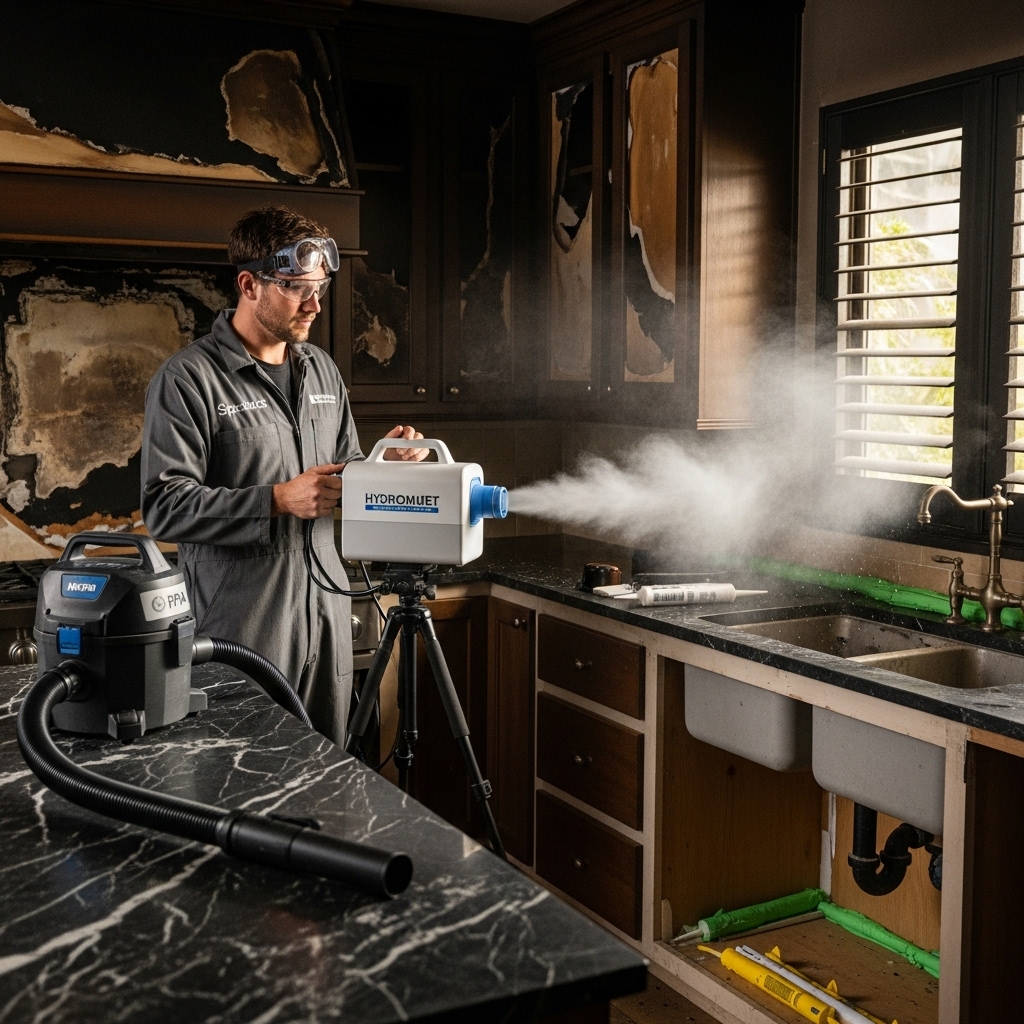Protecting Your Business: Commercial Fire Damage Restoration in Canoga Park
When a fire affects a commercial property, the stakes are high: employee safety, customer trust, inventory protection, regulatory compliance, and business continuity. In Canoga Park, California, commercial spaces range from retail and restaurants to offices, warehouses, light manufacturing, and mixed-use buildings. Each type presents unique challenges for stabilization, cleanup, deodorization, and repair. The path to reopening depends on disciplined project management, clear communication, and a strong safety culture. Many organizations begin by coordinating with a qualified fire damage restoration partner who understands local codes, occupancy requirements, and the urgency to resume operations.
Commercial losses often involve larger footprints, more complex mechanical systems, and a wider variety of materials than residential incidents. In addition, business-critical systems—point-of-sale terminals, servers, refrigeration, or specialized machinery—require immediate attention to prevent further deterioration. A tailored plan protects these assets while addressing hazards, documenting conditions, and establishing a logical sequence from stabilization to re-occupancy.
Immediate Priorities: Safety and Stabilization
After first responders secure the site, restoration teams prioritize safe access and hazard control. Typical early actions include:
- Board-up and temporary fencing to secure the perimeter.
- Utility coordination and lockout/tagout for electrical, gas, and water systems.
- Water extraction, moisture control, and environmental monitoring.
- HEPA air filtration, negative pressure containment, and controlled debris removal.
- Detailed photo documentation and inventory of affected areas and assets.
These steps limit secondary damage, support compliance efforts, and create a stable environment for deeper cleaning and repair planning.
Coordinating with Stakeholders
Commercial restoration engages multiple stakeholders: owners, property managers, tenants, risk managers, insurers, municipal officials, and occasionally franchisors or corporate facility teams. A single point of contact for communication ensures alignment on phasing, access windows, salvage priorities, and expectations for reopening. Regular status updates supported by photos, moisture maps, and air quality readings drive decisions and maintain trust.
Smoke, Soot, and Odor in Commercial Environments
Commercial interiors often include diverse finishes—acoustic ceiling tiles, vinyl wall coverings, exposed structural steel, sealed concrete, and composite flooring—each reacting differently to smoke and cleaning agents. Protein residues from kitchen fires, in particular, can infiltrate ducts, insulation, and concealed spaces. A customized residue profile informs cleaning chemistry and methods, whether dry removal, wet washing, or solvent-based techniques are best suited. Odor neutralization involves source removal, targeted demolition, and controlled deodorization processes compatible with the property’s occupancy goals.
HVAC and Ventilation Systems
Complex HVAC systems can rapidly distribute contaminants. During cleanup, registers are sealed, filters upgraded, and air handlers inspected. Duct cleaning may be required, along with coil and housing decontamination. For multi-zone systems, balancing airflow and validating results with particle counts and odor checks support readiness for re-occupancy. In the San Fernando Valley’s climate, attention to ventilation helps ensure comfort as operations resume.
Contents: Protecting Inventory, Equipment, and Records
Time-sensitive salvage is often crucial in commercial settings. Perishable inventory may require rapid triage. Electronics and servers need evaluation to prevent corrosion. Sensitive documents and records might be stabilized and packed for off-site cleaning and storage. A chain-of-custody process tracks high-value items, while labeling and barcoding make it easy to locate assets during phased reopening.
Phased Reopening and Business Continuity
Many businesses benefit from a phased strategy that restores critical areas first. A restaurant may prioritize the kitchen and storage, followed by the dining room. A retailer might focus on back-of-house inventory rooms, then the sales floor. An office could restore server rooms and essential workspaces while common areas are addressed. This approach shortens downtime and helps revenue return sooner, all while maintaining safety and compliance.
Regulatory and Compliance Considerations
Commercial properties must satisfy a range of requirements related to life safety, electrical systems, ventilation, accessibility, and environmental health. Coordinating with local officials and ensuring clear documentation of cleanup steps supports approvals. Fire alarm, sprinkler, and emergency lighting systems require verification before reopening. Food service operations may need health department inspections, making early communication with authorities essential.
Data, Electronics, and Specialized Equipment
Soot can be conductive and corrosive, posing risks to electronics and machinery. Qualified vendors should evaluate critical systems before restart. In manufacturing or lab environments, precision calibrations may be required after cleaning. For retailers and restaurants, point-of-sale and refrigeration systems must be tested and sanitized to ensure reliability and safety.
Training and Site Culture During Restoration
Commercial projects benefit from clear safety protocols and daily briefings. Crews coordinate around business hours, noise constraints, and tenant schedules. Wayfinding signage, partitioned pathways, and communication about restricted areas keep everyone on the same page. A visible safety culture protects employees, visitors, and vendors while maintaining momentum on the restoration schedule.
Common Pitfalls to Avoid
- Reactivating HVAC systems too early and spreading contaminants.
- Attempting DIY cleaning that embeds soot into porous surfaces.
- Delaying moisture control, which can lead to microbial growth.
- Skipping source removal and relying on fragrances that only mask odor.
- Under-documenting contents and conditions, complicating claims and approvals.
Insurance Collaboration and Documentation
Commercial policies often require detailed documentation of damage and mitigation steps. Your restoration partner should provide itemized scopes, progress reports, and before-and-after imagery. Joint walk-throughs with adjusters, property managers, and tenants ensure consensus on priorities and phasing. Thoughtful documentation not only supports claims but also forms a record for internal audits and risk management.
Timelines and Resource Planning
Project duration depends on square footage, damage severity, building complexity, and availability of materials and trades. A realistic schedule sequences stabilization, cleaning, selective demolition, and rebuild. Regular check-ins allow teams to adjust resources and accelerate critical path items. Clear success indicators—odor reduction, verified moisture levels, clean HVAC systems, and completed inspections—guide decisions about reopening phases.
Why Local Experience Matters
Canoga Park businesses benefit from local knowledge of building types, supply chains, and inspection processes. Familiarity with regional conditions, including seasonal winds and temperature swings, informs containment and deodorization strategies. A team experienced in local commercial projects can anticipate challenges and mobilize resources quickly, reducing downtime and improving outcomes.
Throughout the process, many organizations rely on established fire damage restoration providers to coordinate stakeholders, maintain safety, and deliver consistent results.
Frequently Asked Questions
Q: How soon can parts of my business reopen?
A: It depends on the extent of damage and the feasibility of phasing. Critical areas can often be prioritized for earlier reopening once safety, cleanliness, and odor control are verified.
Q: Can employees assist with cleanup?
A: For safety and quality, specialized tasks should be handled by trained professionals. Employees may help with inventory checks and non-hazardous tasks under guidance.
Q: What about food safety in restaurants after a fire?
A: Food contact surfaces and equipment must be cleaned and sanitized. Coordination with the health department ensures compliance before resuming service.
Q: Are electronics safe to power on after smoke exposure?
A: Not without evaluation. Soot can cause short circuits and corrosion. Have systems assessed by qualified technicians before energizing.
Q: How is odor controlled in large spaces?
A: Effective odor control combines source removal, detailed cleaning, ventilation, and appropriately selected deodorization technologies. HVAC cleaning is often a key component.
Q: What documentation will insurers need?
A: Expect to provide scope details, photos, contents inventories, moisture readings, and records of mitigation steps. Your restoration team should organize and share these updates regularly.
Get Your Canoga Park Business Back on Track
When every day counts, choose a partner that understands commercial operations, safety, and compliance. From rapid stabilization and coordinated cleanup to stakeholder communication and phased reopening plans, the right team will help you return to service with confidence. Connect with local experts in fire damage restoration who can tailor strategies to your facility and keep your recovery moving forward.


